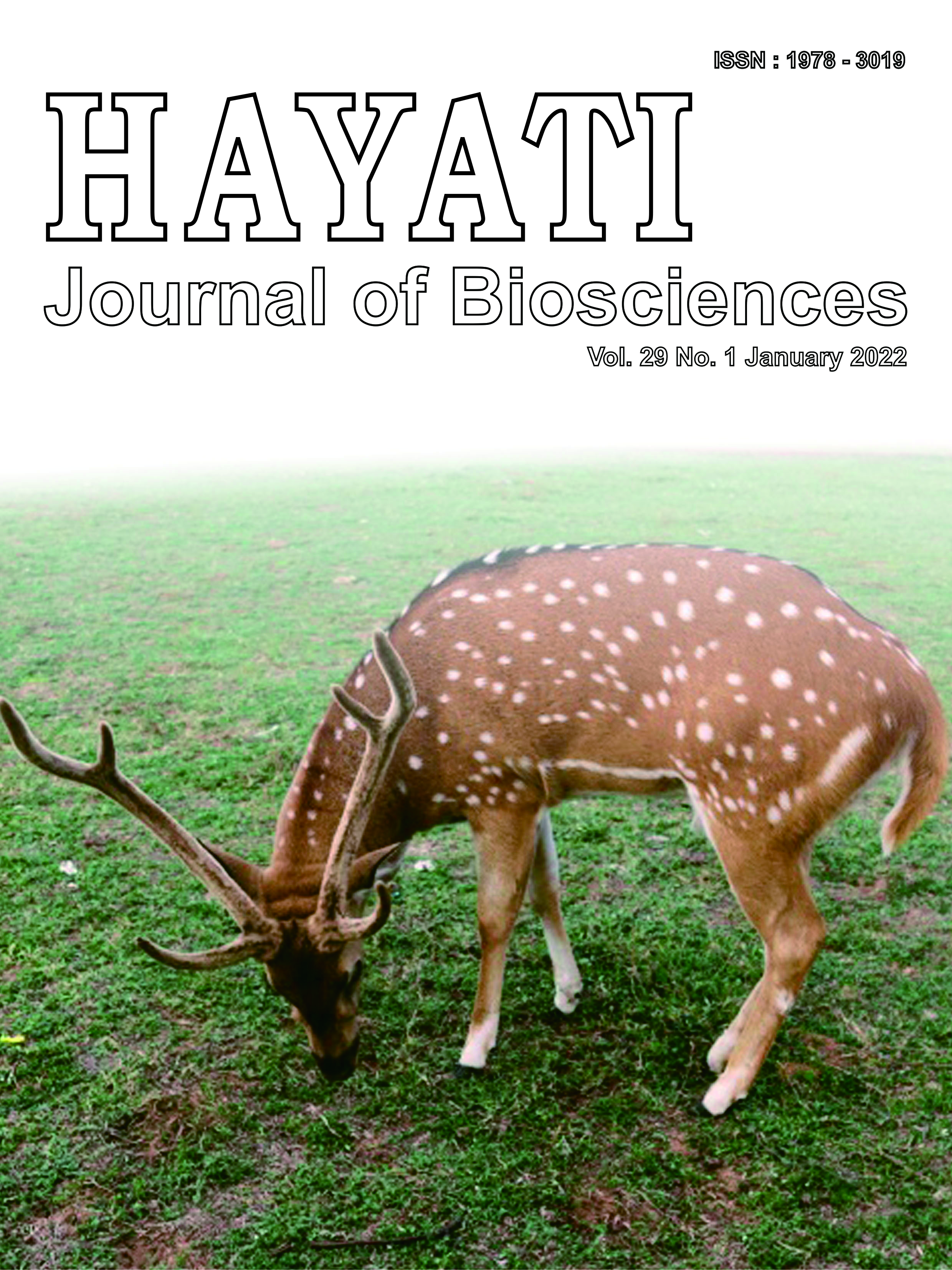Serum HMGB1, DKK1, and ACE2 as a Function of Lung Injuries in COVID-19 Patients
Abstract
There is a need for a biomarker for lung injury in COVID-19 patients. In the present study, an attempt was carried out to examine the role of Dickkopf-related protein 1 (DKK1), High-mobility group box 1 protein (HMGB1), angiotensin-converting enzyme 2 (ACE2) as a function for the lung abnormalities in CT-scan (LACTS). To perform the goals, DKK1, HMGB1, and ACE2 were measured in patients and controls using the ELISA technique. In contrast, other parameters were measured spectrophotometrically. The results showed decreased SpO2 and albumin and an increase in the serum biochemical parameters (glucose, urea, creatinine, D-dimer, ACE2, DKK1, and HMGB1) in COVID-19 patients compared with the control group. In COVID-19 patients, the percentages of the lung abnormalities in CT-scan% are 40.67±11.84. The results showed that those patients with LACTS patients are slightly older and have lower SpO2 than the patients without the LACTS group. ACE2 shows a significant correlation with SpO2 (ρ = 0.336, p<0.01) and a negative correlation with albumin (ρ = -0.197, p<0.05). Other parameters showed no significant correlation with the measured biomarkers. In conclusion, COVID-19 patients have higher ACE, DKK1, and HMGB1 indicating the involvement of the pathways of these biomarkers in the disease progression including lung injury.
Downloads
Copyright (c) 2022 Hussein Kadhem Al-Hakeim, Jawad Kadhim Hammooz, Muntadher Mohammed Ali

This work is licensed under a Creative Commons Attribution-NonCommercial 4.0 International License.
HAYATI J Biosci is an open access journal and the article's license is CC-BY-NC. This license lets others distribute, remix, tweak, and build upon author's work, as long as they credit the original creation. Authors retain copyright and grant the journal/publisher non exclusive publishing rights with the work simultaneously licensed under a https://creativecommons.org/

























.png) IPB University
IPB University Department of Biology
Department of Biology The Indonesian Biological Society
The Indonesian Biological Society 

